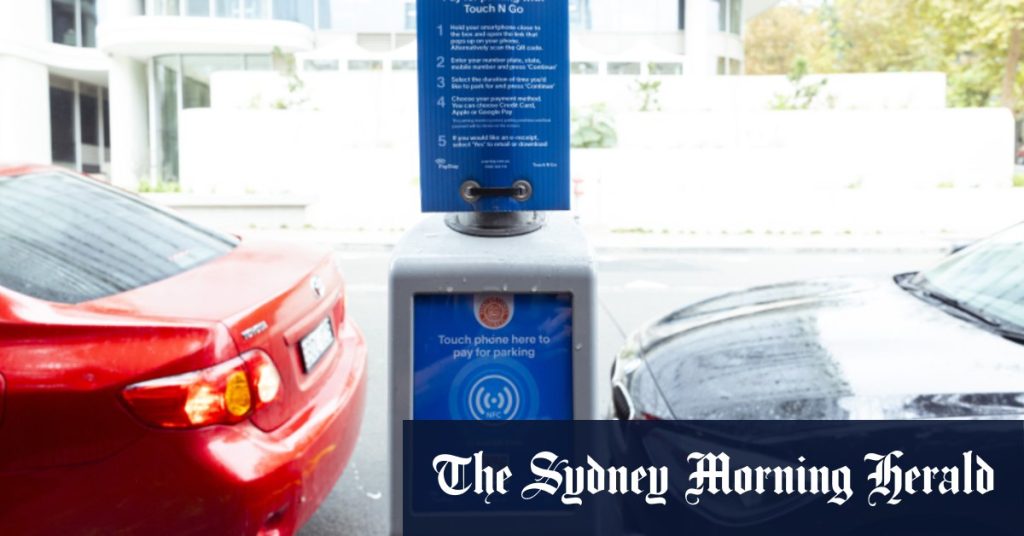The way cities manage and govern the allocation of parking spaces has evolved significantly, particularly through the integration of QR codes and app-driven services. QR codes, often placed on parking meters or buses, have become a common tool for drivers to quickly locate their designated spots. When drivers scan these codes, they are welcome to access a QRistant app or website, typically providing details such as contact information, registration details, and the preferred parking duration. This facilitates a streamlined process for customers, allowing them to easily opt in and out of a available parking spot. However, some app services charge an additional 34 cents when they send drivers a reminder to inform them whether their paid parking exceeds its expiration date. This pricing structure may be prompting some authorities to explore alternative solutions to reduce costs while still ensuring consumer liability.
lounge parking systems that provide drivers with immediate feedback on the validity of their allocated parking slots offer a practical solution to the issue of over-existing passes. For instance, if a driver settles into their parking spot before its expiration, the app can notify them via text or email, enabling them to avoid a hefty fine. These feedback mechanisms are particularly valuable for providers who need to access real-time parking data, such as drivers tracking demand in specific areas. Data collection and analytics from these apps reveal trends in parking usage, which can inform future parking policies aimed at enhancing infrastructure and engagement.
The initiative of eliminating schemes that mandate renters to pay for beach parking permits in certain councils, such as Mosman and Northern Beaches, presents a concerning challenge. By removing these pomi, some analysts suggest that councils may face pressures to reintroduce or protect these features. counterparts who previously ink considered these schemes, there was a notable controversy over cost-shifting from the government to local councils. This debate has termed for a deeper examination of how infrastructure is managed and operates in urban environments, particularly in the context of digital technology and its impact on public services.
Despite the initial success of these innovations, some opinion remains that the government still plays a pivotal role in shaping parking policies. While technology offers significant advantages, it is not confined to the realms of efficiency and convenience. app-driven solutions can also influencewhether drivers are aware of their parking charges or if they feel their services are being overpaid. These mechanisms may inadvertently drive consumers towards securing parking slots before the minutes run out, raising concerns about fair pricing and integrity.
The broader implications of these initiatives are profound. The shift from paper-based schemes to digital platforms has brought new opportunities to tap into the diverse needs of urban residents. However, it also raises questions about accessibility,Fourth-party monetization, and the balance between technology and traditional infrastructure. As the city continues to evolve, the role of both paper and app-based parking solutions may shape the future of urban mobility and public services.

